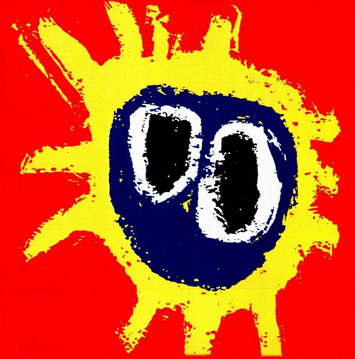Thangka
A "Thangka" is a painted or embroidered Buddhist banner which was hung in a monastery or a family altar and carried by lamas in ceremonial processions. In Tibetan the word 'than' means flat and the suffix 'ka' stands for painting. The Thangka is thus a kind of painting done on flat surface but which can be rolled up when not required for display, sometimes called a scroll-painting.
The most common shape of a Thangka is the upright rectangular form. Originally, thangka painting became popular among travelling monks because the scroll paintings were easily rolled and transported from monastery to monastery. These thangka served as important teaching tools depicting the life of the Buddha, various influential lamas and other deities and Bodhisattva.
One popular subject is The Wheel of Life, which is a visual representation of the Abhidharma teachings (Art of Enlightenment). While regarded by some as colourful wall hangings, to Buddhists, these Tibetan religious paintings offer a beauty, believed to be a manifestation of the divine, and are thus visually stimulating.
Thangka, when created properly, perform several different functions. Images of deities can be used as teaching tools when depicting the life (or lives) of the Buddha, describing historical events concerning important Lamas, or retelling myths associated with other deities. Devotional images act as the centrepiece during a ritual or ceremony and are often used as mediums through which one can offer prayers or make requests.
Overall, and perhaps most importantly, religious art is used as a meditation tool to help bring one further down the path to enlightenment. The Buddhist Vajrayana practitioner uses the image as a guide, by visualising “themselves as being that deity, thereby internalising the Buddha qualities.”
A "Thangka" is a painted or embroidered Buddhist banner which was hung in a monastery or a family altar and carried by lamas in ceremonial processions. In Tibetan the word 'than' means flat and the suffix 'ka' stands for painting. The Thangka is thus a kind of painting done on flat surface but which can be rolled up when not required for display, sometimes called a scroll-painting.
The most common shape of a Thangka is the upright rectangular form. Originally, thangka painting became popular among travelling monks because the scroll paintings were easily rolled and transported from monastery to monastery. These thangka served as important teaching tools depicting the life of the Buddha, various influential lamas and other deities and Bodhisattva.
One popular subject is The Wheel of Life, which is a visual representation of the Abhidharma teachings (Art of Enlightenment). While regarded by some as colourful wall hangings, to Buddhists, these Tibetan religious paintings offer a beauty, believed to be a manifestation of the divine, and are thus visually stimulating.
Thangka, when created properly, perform several different functions. Images of deities can be used as teaching tools when depicting the life (or lives) of the Buddha, describing historical events concerning important Lamas, or retelling myths associated with other deities. Devotional images act as the centrepiece during a ritual or ceremony and are often used as mediums through which one can offer prayers or make requests.
Overall, and perhaps most importantly, religious art is used as a meditation tool to help bring one further down the path to enlightenment. The Buddhist Vajrayana practitioner uses the image as a guide, by visualising “themselves as being that deity, thereby internalising the Buddha qualities.”



1 comment:
wonderful
Post a Comment